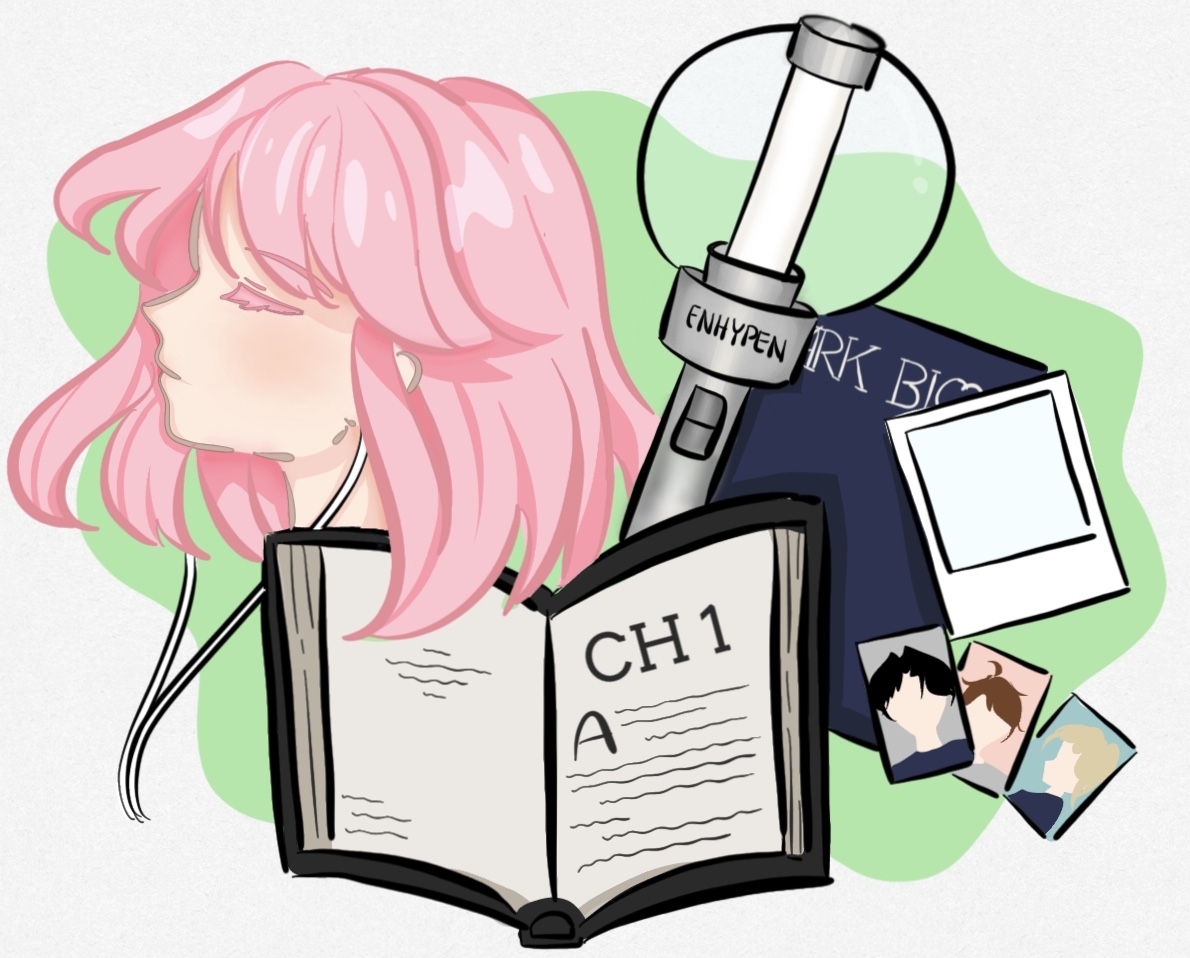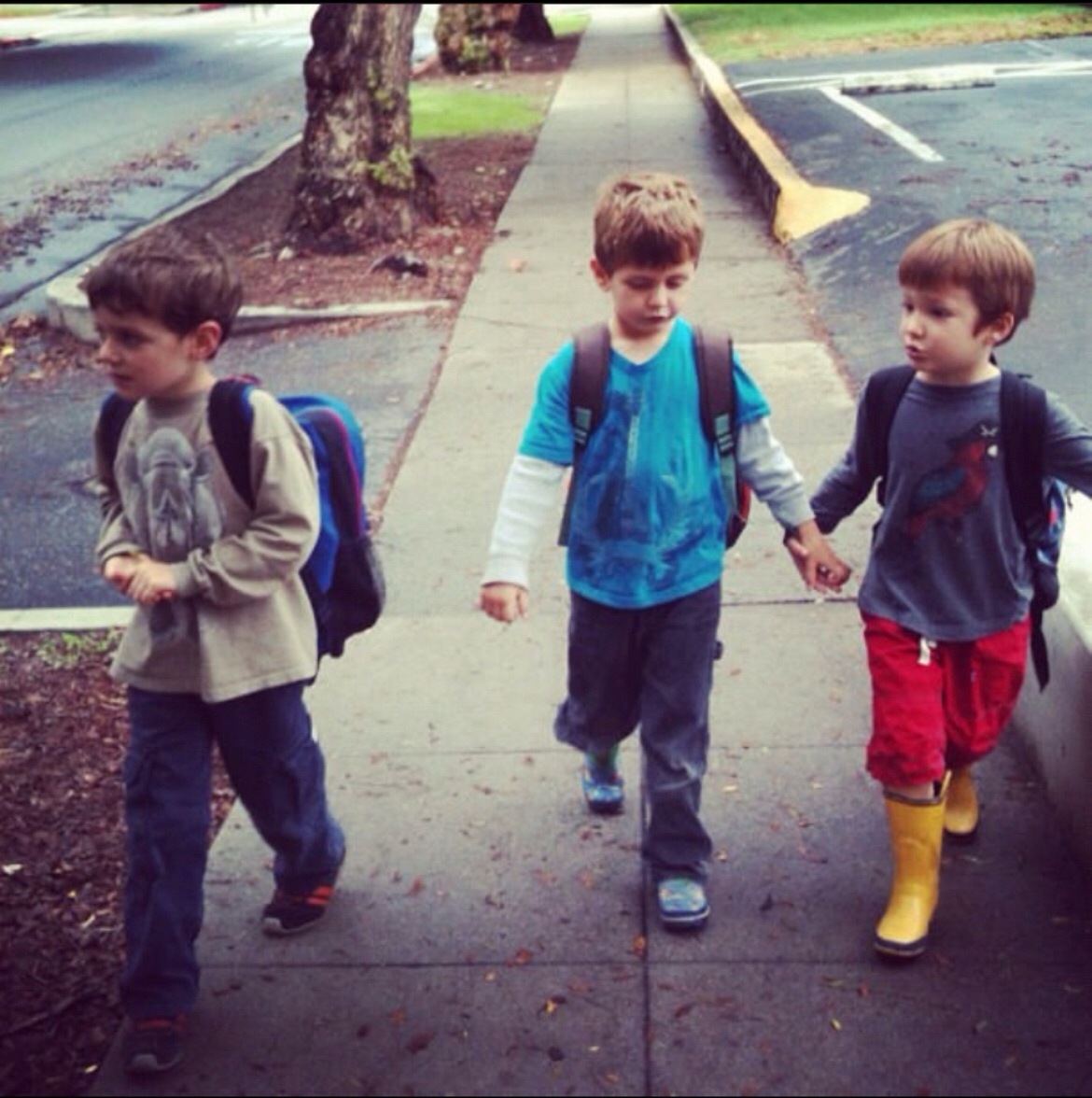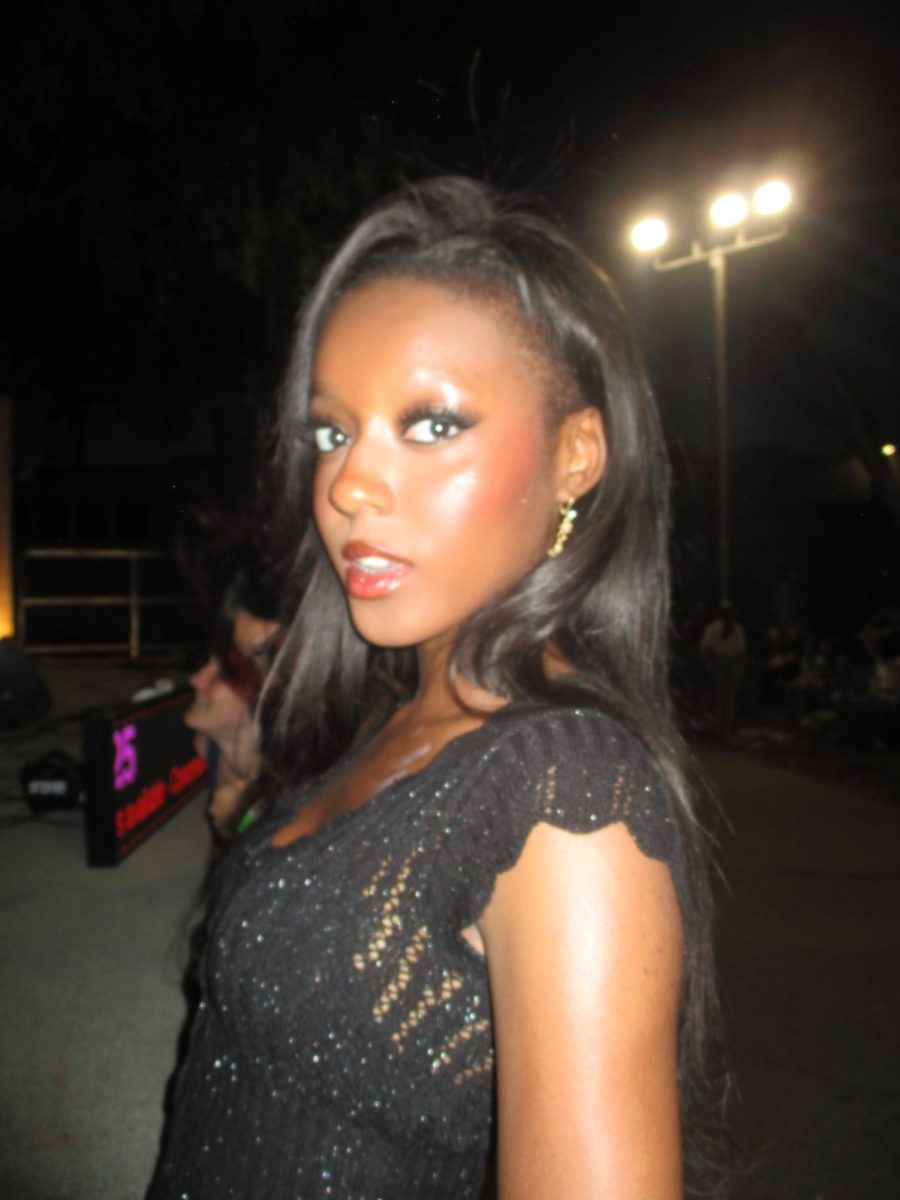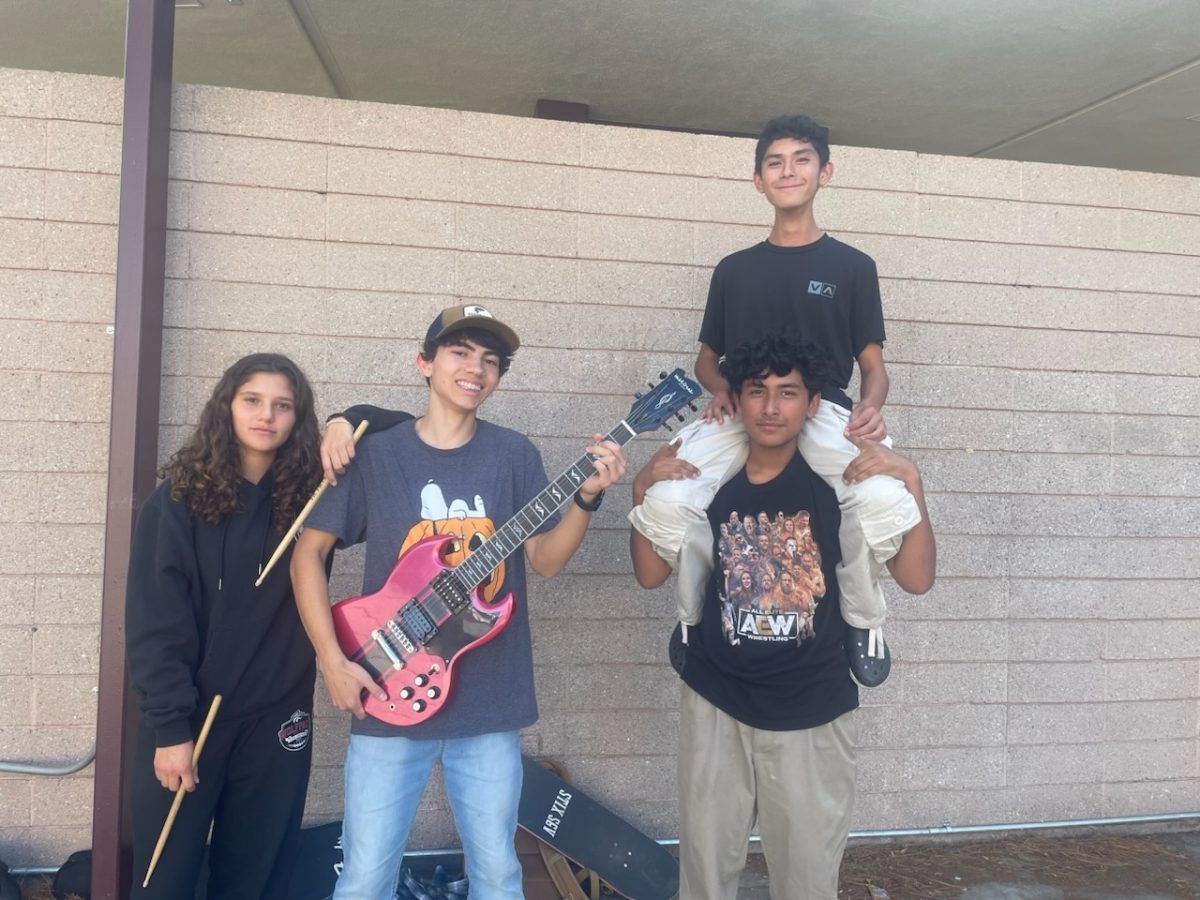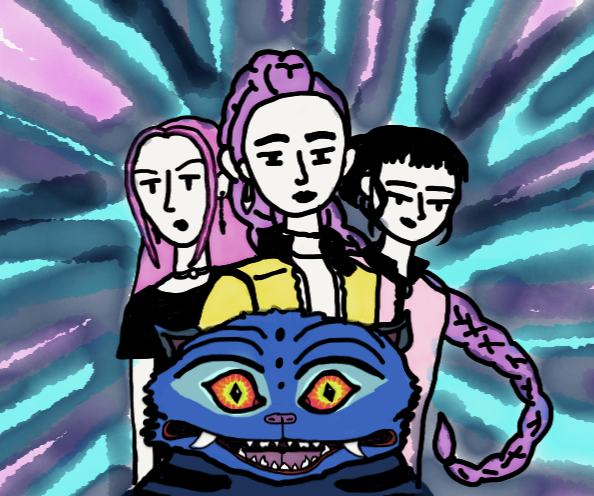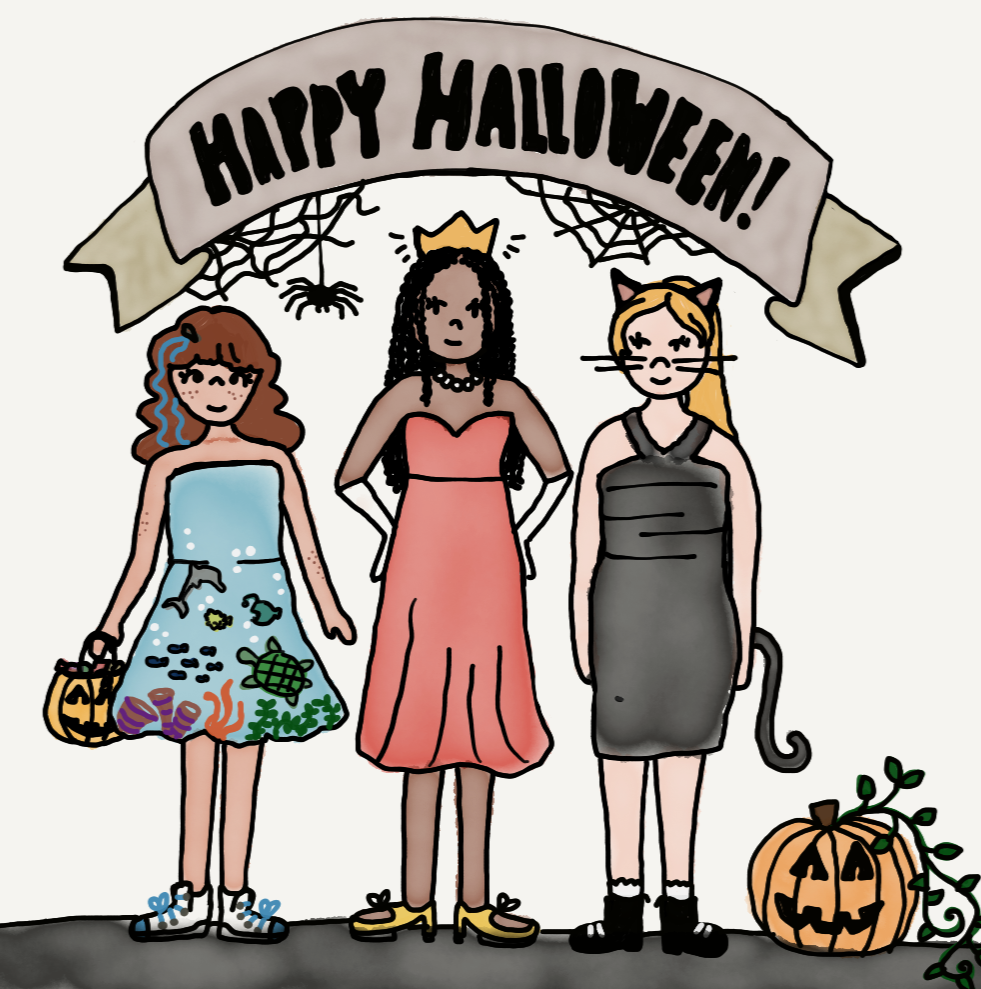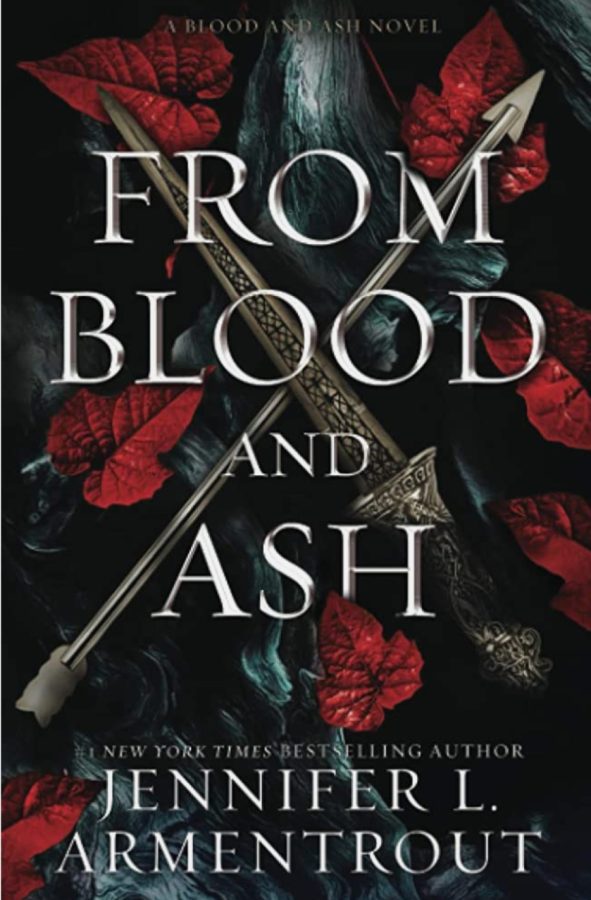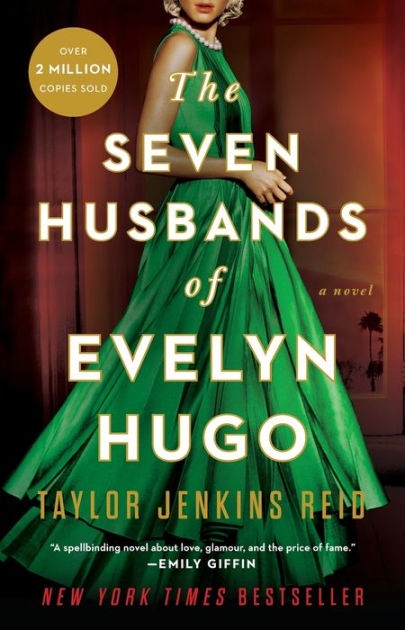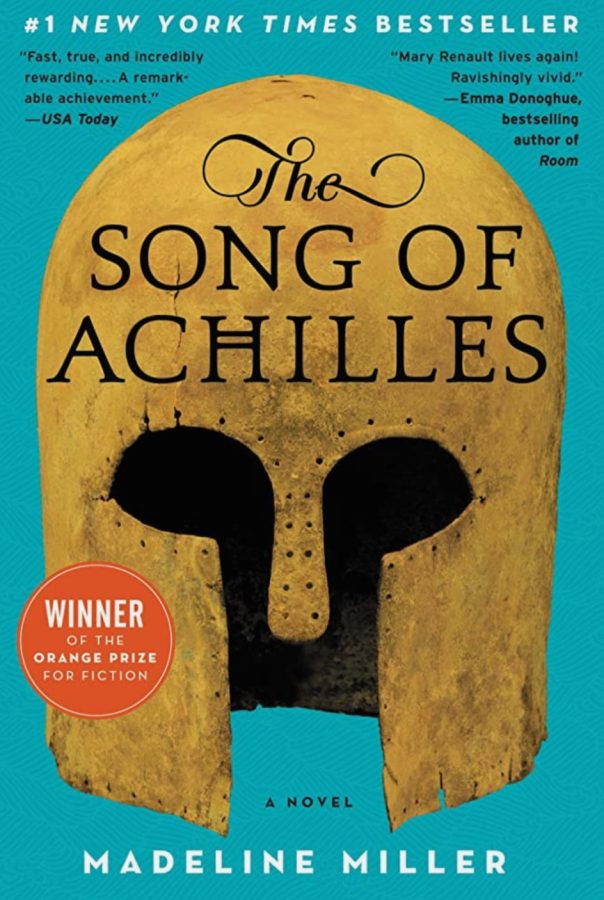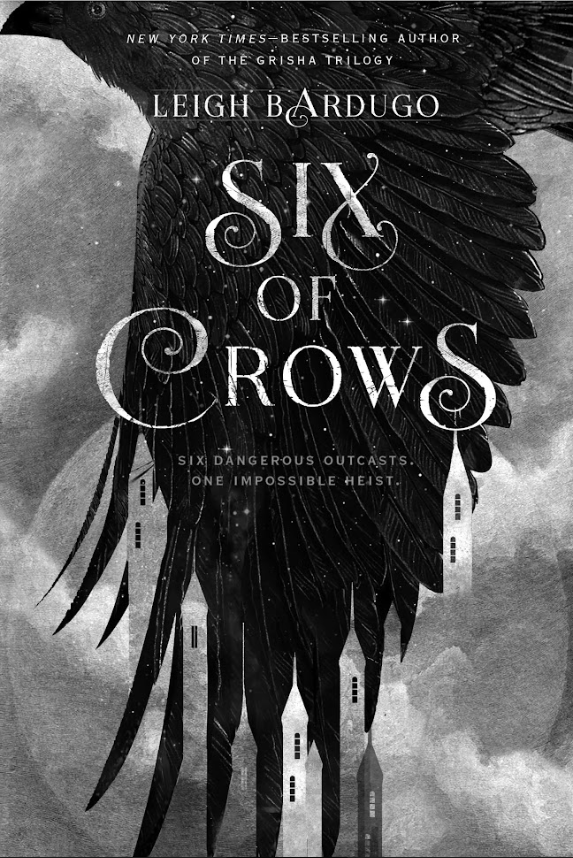Taylor Swift, TikTok trends, Deadpool & Wolverine. A lot of pop culture content is widely accepted by mainstream audiences. However, there are a few select branches that have a bad reputation for supporting morally unjust things, sexualizing characters, stalking, or toxicity. I am sure some sort of aspect of pop culture popped into your head. Maybe it is a community, a genre of music, or a show known for being “cringe”. However, most of the time, it is not the content of what is produced; rather, the bad reputation originates from the fanbase.
Booktok, or Bookstagram, is a community that was created in 2020, at the height of the pandemic, when many people lacked a source of entertainment or a way to pass time. Cue Booktok. Users would review a book they read, usually giving a short blurb about the plot, or sharing their reactions to specific moments they had while reading. Viewers would be able to look into the book and read it if they were interested. Other times, the creator might take the viewer to a bookstore to buy books, or reorganize their book collection by color, genre, etc. This is what the community is supposed to be.
Instead, Booktok is almost always represented by dark romance—a genre that often has a lot of content or trigger warnings—and has garnered attention. The genre itself has some good books where the main character grows because of the plot, and is not just—for the lack of better words—tortured over and over for the entirety of the story. Here is where the controversy sets in: some people enjoy reading dark romance, others do not. However, some readers romanticize the dark content in the books. This pushes the concept that dark romance enjoyers romanticize things like sexual assault or domestic violence.
In reality, most dark romance enjoyers know the line between acceptable and non-acceptable when it comes to content. There are Instagram reels where the creator will be shaking their head at a caption of “dark romance in real life,” with many of the comments agreeing. CHS sophomore Rion Kanatsu shares her opinion.
“I get how people can stereotype it, that it’s just trauma porn, fetishizing things like that; like I could see it,” Kanatsu said.
Kanatsu has consumed content either in the dark romance genre, or similar to it before. She is also familiar with how people can perceive the writing, even if the story is not meant to be seen that way.
With this genre being the main content on these platforms, it is not a surprise that it has a bad reputation for supporting or romanticizing morally gray writings. People reduce the community to its main pool of content. Dark romance may be the majority, but that does not mean all of Booktok is made up of it. Different genres also exist within the community, common genres being fantasy and science fiction.
Anime fans are also known for bad stereotypes. Anime consists of shows, movies, manga, or other stories produced in Asian countries. (There are similar style stories from Korea or China, where they are called Manwha and Manhua respectively.) Many people associate anime with sexual content such as fanservicing of a character, implied incest, or animated porn. The reasoning why this happens goes back to the fanbase. Fans generate so much content, including but not limited to: cosplays, clothing, edits or fan-made animations, stories, and various types of merchandise. Many of these shows feature high school aged characters. While the anime will keep the character designs consistent with that expected of high school characters, some fans, particularly artists and writers, will take underage characters and sexualize them.
One example of this would include Momo Yaoyorozu from the anime My Hero Academia, written by Kohei Horikoshi. She is fifteen and sixteen years old for the majority of the plot; however, much of the fan art produced by the community sexualizes her for her body, as her character has a larger chest and a curvier figure. Some fans would argue that they are the same age as her to rationalize their reasoning for producing sexualized content. However, even if the creator of a piece where Momo is sexualized is the same age as her, it shows viewers that the character can be portrayed as so. Additionally, the art can attract inappropriate attention from an older audience. Normalizing the sexualization of minors is a serious problem.
Fanservicing of a character is another issue. When a character or show has fanservice, the content shown is created for the purpose of pleasing the audience, often in a sexual manner. Typical examples include scantily-clad characters, characters with sexier bodies, and certain expressions, poses, or suggestive scenes. Most fanservicing is done with female characters for the male audience, so it is not too surprising that many non-anime watchers believe anime to be much more provocative than it is. Consequently, this takes away from shows with meaningful plots such as “Attack on Titan”, “Your Lie in April”, and “Spy x Family”.
Cultural appropriation is also a big problem. As anime originates from Japan, a lot of elements in the storyline and world come from Japanese culture; for example, honorifics: suffixes that go at the end of someone’s name to show status or relationship. Many fans tend to water down the culture to what they have seen in anime. This can potentially offend some people of Japanese origin when someone assumes they know everything about the culture simply because they watch anime.
“The culture is more diverse,” Kanatsu said. “There’s a lot of traditional things that aren’t included in depictions of Japan that I think people should really include, because a lot of it is really interesting.”
Kanatsu herself is not too bothered by this stereotype, but she does believe that people are missing out on the uniqueness of Japanese culture.
Besides traditions, the language itself is often disrespected. A common occurrence is when a person mixes Japanese and English. The Japanese phrases are the ones frequently used in anime, included but not limited to: “arigatou” (thank you) “senpai” (upperclassmen), and “sayonara” (good bye, casual). Most of the time, people who are not learning the language, only use the phrases to sound cute or because they are an anime fan. Fans believe this behavior is problematic and highly racist.
“It’s commodifying an entire language that is spoken by hundreds of millions of people to a few simple phrases frequently used in cartoons,” Senior Duncan Negus said. “And people who do that, either particularly, or to sound cute or doing anything besides references or speaking the language–or even just joking with a friend who understands that nothing is meant by it; I can see how that can be problematic.”
It does not only change the way outsiders see anime, but it also affects those who participate and truly enjoy the more traditional aspects of Japanese culture. Using the language in such a way not only shows disrespect, even if accidental; it shows ignorance and lack of willingness to understand the culture deeper than the surface scratched upon by pop content.
Toxicity is present in many, if not all, anime fandoms. People fight over characters, ships (a romantic pairing between two or more characters), and spoil the plot for those who are not up to date with the show. Ship wars are common, where fans will argue heatedly over which romantic pairing is better. Often, fans will start verbally attacking each other online—and the fight becomes personal.
Now what if the characters were actually real, and not fictional? Meet the K-pop fandom, known for thirsting over their favorite idols even when underage, stalking them, and supporting those involved in scandals. K-pop, or also known as Korean pop, often features idols singing in Korean while dancing to the song, in male and female groups. Some notable examples include BTS (also known as Bangtan Boys), BLACKPINK, New Jeans, and Enhypen. K-pop was not a widely-known genre outside of South Korea until BTS came to the U.S., opening the doors for the K-pop industry to go international. With the rise of so many groups, fame was inevitable for the idols—and also obsessive fans.
In K-pop, a person with obsessive behavior is known as a sasaeng. Made from the Korean words meaning private (sa) and life (saeng), it means someone who invades idols’ private lives. While being a K-pop fan has a certain degree of admiration for idols or groups, sasaengs take it to a whole new level. Not only are they obsessed with their chosen idol, but they will do anything to get that person to notice them. They stalk them to their airports to see them off, book hotel rooms across from the idol’s to catch a glimpse of them, spend hundreds and thousands of dollars to attend every single fansign, event, concert, and meet-up just to see that one person. As if that is not bad enough already, some sasaengs have tried to kidnap idols before, as was the case with Seventeen, where a group of fans rented the exact same model of the car the group was using to go from the airport to their hotel. Luckily the manager saw that something was off with the car and managed to keep the idols out of it. While there are obsessive fans, some simply want to support their favorite idols.
Within a K-pop group, someone might like one of the members more than the others. This is called “stanning” someone, where a person will be a big fan of one group member. This should not be confused with being a sasaeng, as stanning an idol just means someone will have a particular admiration for an idol, but a sasaeng is a super hardcore fan of an idol. Fans who stan certain idols will enjoy seeing or interacting with their idol—also known as someone’s bias—but will not cross the line into invading private lives like a sasaeng will. When someone becomes a fan of a particular group, they often still enjoy the group as a whole. On occasion there will be someone who stans a particular idol, but not the whole group. Now while people usually do not mind this, it can show non-K-pop fans that the person does not care about the rest of the group.
Similar to anime, idols are often sexualized once they turn eighteen—however, some fans also sexualize idols below the age of eighteen. Many groups debut with a few underage members, like Ni-ki of Enhypen who was fifteen, or NewJeans where every member except one was under the age of eighteen upon group release. And just like anime, even if a fan is the same age as an idol, especially an underaged one, they should not be thirsting after them. Even more so on the internet, where people cannot tell the age of someone. It makes it seem like some K-pop fans are pedophiles, as they make suggestive comments or posts about an underage idol. There is also the oversexualization of idols that are of age. While a concept may be promoted with a ‘sexier’ or mature image, certain fans take it upon themselves to make the concept even racier.
This ties in with fan content as well. Like most of pop culture, K-pop has its own fanmade content, ranging from clothing, accessories, art, and stories. More particularly on the stories produced, they often either ship different idols together or have a reader insert, where the entire story is written in second person and the main character is ‘you’, or (Y/n). A good chunk of the fanmade stories, or fanfiction, are unfortunately written in a very sexual manner. It is forgotten that the idols are actual people and have their own lives and opinions, unlike anime characters who are entirely fictional. Content produced can make idols uncomfortable, although they cannot say anything about it to maintain public image. This gives the fanbase the false image of fans who enjoy idols for their body and only caring about physical appearance, rather than enjoying the idols’ personality and music. It is summed up, like other pop culture content, to how their fanbase portrays them; when in reality, the show, or music, should really speak for itself.
Similar to other celebrities, K-pop idols face rumors. Rumors about dating, scandals, music or content leaks, and popularity clashes. While the majority of these are quickly debunked and proven wrong, the small percentage that do ring true get mixed reactions. The majority of fans will quickly take action and stop supporting the idol or group involved. There are a few fans who will still back the party involved in the scandal because they are too hardcore of a fan to stop and think about the obviously wrongful actions the idol or group did. Not only does that tarnish the image of the person stanning the idol or group, it makes people not too familiar with K-pop believe that fans in general have no morals when it comes to socially acceptable things or not.
Just because an aspect of pop culture has a bad reputation because of their fan base, does not mean that the content is necessarily bad. Check the actual content before making a decision on whether something is worth consuming or not; do not just base it off of what people say.
A fanbase DOESN’T define everything
Donate to The Wolfpacket
$85
$500
Contributed
Our Goal
Hello there! Our goal is to provide relavent, engaging journalism for readers of all ages. Your donation will support the student journalists of the Wolfpacket at Claremont High School, and will allow us to purchase equipment, print our monthly issues, and enter in journalism competitions. We appreciate your consideration!
More to Discover
About the Contributor

Emma Calimlim, Reporter
Emma Calimlim is a senior at CHS, and a first year reporter at Wolfpacket. She volunteers under the Interact Club at CHS, and has also assisted with Claremont’s Project Think over the summer for two years. With English being her favorite subject, it should come as no surprise that her current favorite class is AP Lit and Comp. Outside of currently wanting to chuck the laptop with college applications out the window, Calimlim runs an Etsy shop with her younger sister and sells occasionally at various events. Her hobbies are unfortunately expensive and incredibly time consuming, including reading as many books as possible, drawing for hours on end, and staring at her story and willing it to write itself. Her music taste includes a lot of alternative pop, rock, and indie. In her free time she can be found giggling over her favorite fictional characters.



